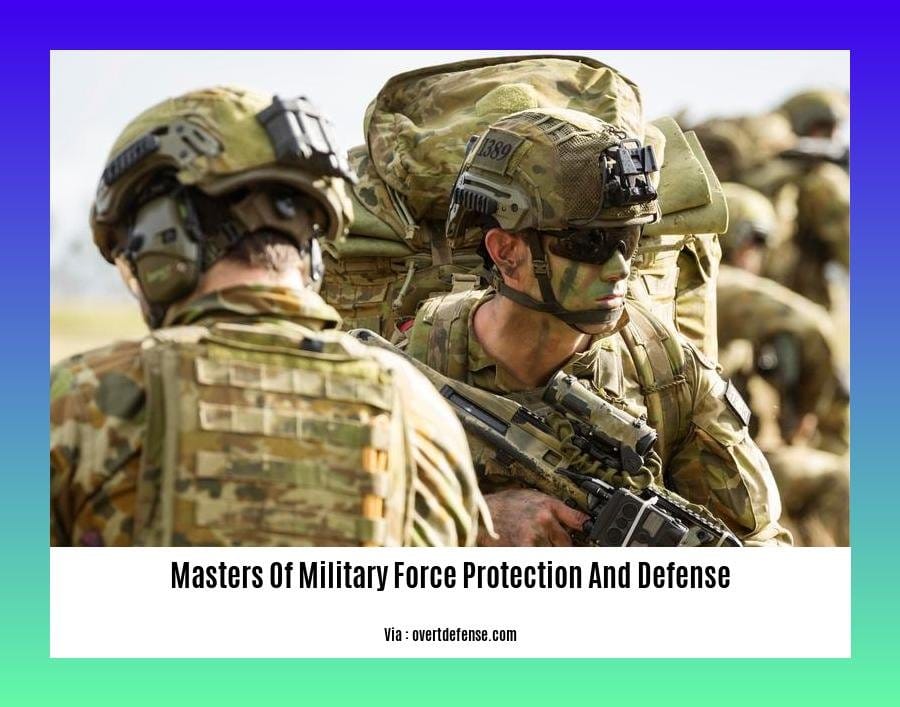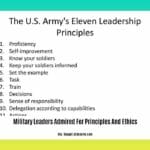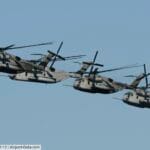Within the realm of military strategy and defense, the subject of force protection and defense stands as a critical pillar. This article, “Masters of Military Force Protection and Defense: Strategies and Solutions for Enhanced Security,” delves into the intricacies of this specialized field, exploring the expertise and methodologies employed by those who safeguard our security.
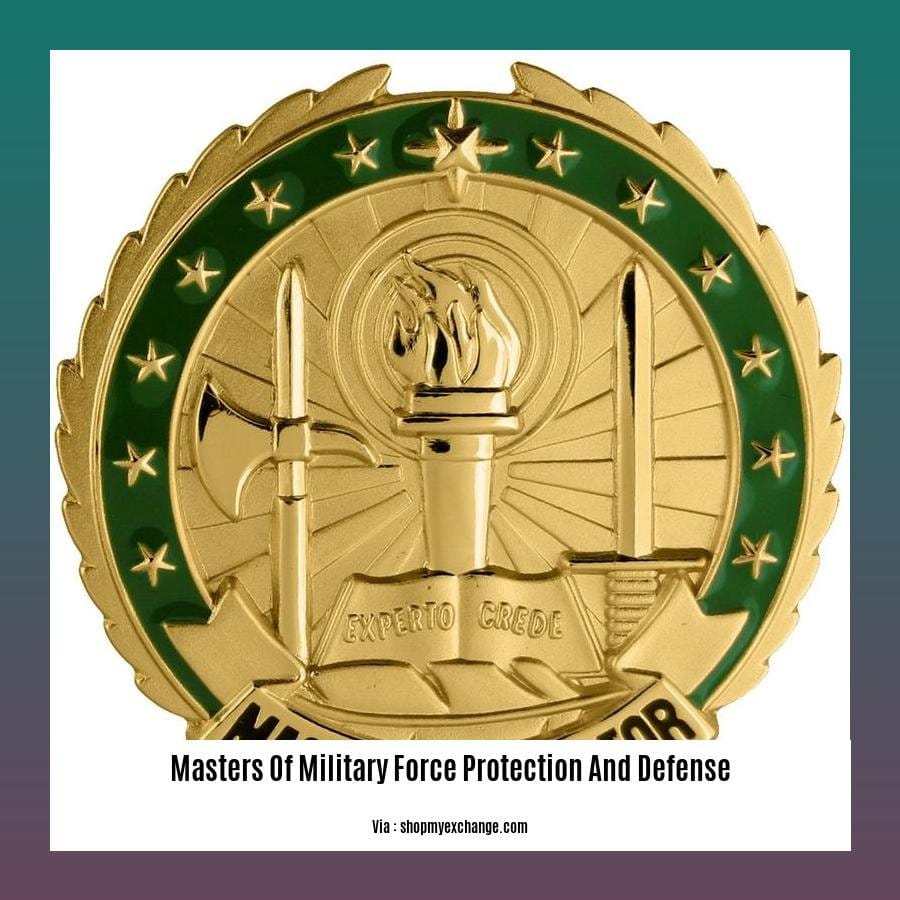
Key Takeaways:
- Force Protection involves safeguarding personnel and assets from threats.
- The Master-at-Arms (MA) is a specialized naval rating that focuses on Force Protection.
- MAs perform tasks such as antiterrorism, physical security, and law enforcement.
- MAs can serve in various roles, such as Shipboard MA and Marine Corps Security Force.
- A Master’s degree in defense policy enhances career opportunities in the defense industry and government agencies.
Masters of Military Force Protection and Defense
Force protection and defense are paramount in modern warfare. The masters of military force protection and defense are the unsung heroes who safeguard our troops and assets, ensuring mission success and the security of the nation.
Training and Education
These specialized individuals undergo rigorous training, honing their skills in:
- Threat assessment and risk management
- Security planning and response
- Counterterrorism and force protection strategies
Mission-Specific Skills
Masters of military force protection and defense possess an arsenal of mission-specific skills:
- Analyzing threat vectors and devising mitigation plans
- Implementing security measures and protocols
- Conducting physical and cyber reconnaissance
- Responding swiftly and effectively to threats
Technological Prowess
Technology has transformed force protection. Masters of military force protection and defense leverage:
- Advanced surveillance systems
- Biometric identification
- Explosive detection devices
- Cyber defense tools
Proven Success
Countless operations showcase the effectiveness of these professionals:
- Defending military bases from terrorist attacks
- Protecting high-value assets during combat missions
- Countering threats in hostile environments
In conclusion, the masters of military force protection and defense are indispensable to the success and safety of our armed forces. Their expertise, dedication, and technological prowess ensure the security of our nation and the well-being of our troops.
Check out these military commanders experts at defensive warfare. They’re some of the most brilliant commanders in history, with defensive strategies that have won battles for centuries. And don’t forget about the defensive military geniuses who awaited the right moments to strike, leading their armies to victory after victory. These brilliant commanders of defensive strategies are a testament to the power of planning and preparation.
Mission-Specific Skills: The Backbone of Military Force Protection and Defense
As the guardians of national security, Masters of Military Force Protection and Defense possess an arsenal of specialized skills that ensure the safety and integrity of military operations. These highly trained individuals are the backbone of modern warfare, safeguarding personnel and assets against a myriad of threats.
Training and Education: Forging Elite Defenders
Masters of Military Force Protection and Defense undergo rigorous training programs that equip them with a comprehensive skillset. They master the art of threat assessment, risk management, and security planning, empowering them to anticipate and mitigate potential vulnerabilities. Their training also emphasizes the use of advanced technologies, from surveillance systems to explosive detection devices, enhancing their situational awareness and response capabilities.
Cyber Defense: Protecting Digital Assets
In an era defined by cyber warfare, Masters of Military Force Protection and Defense have become adept at protecting digital assets against cyber threats. They employ sophisticated tools and techniques to detect and neutralize cyberattacks, safeguarding sensitive information and critical systems.
Rapid Response: Countering Emergencies
When threats materialize, Masters of Military Force Protection and Defense are ready to respond swiftly and effectively. They have honed their skills in physical and cyber reconnaissance, enabling them to locate and neutralize threats with precision. Their rapid response capabilities ensure the safety of personnel and prevent mission disruption.
Key Takeaways:
- Masters of Military Force Protection and Defense possess mission-specific skills that are vital to modern warfare.
- Their specialized training and education equip them to anticipate and mitigate threats.
- They leverage advanced technologies to enhance situational awareness and response capabilities.
- Their expertise in cyber defense protects digital assets against cyber threats.
- Their rapid response capabilities ensure the safety of personnel and prevent mission disruption.
Most Relevant URL Source
Department of Defense Mission Assurance Strategy
High-Tech Equipment and Technology in the Hands of Masters
Force protection is not just about guarding military personnel from all forms of threats, it’s also about safeguarding the assets that support their missions. And in this day and age, high-tech equipment and technology are essential tools in this endeavor.
High-tech equipment such as surveillance cameras, motion sensors, and biometric identification systems can help to detect and deter threats before they materialize. Technology can also be used to track and monitor the movement of personnel and vehicles, and to provide real-time updates on the security situation. To ensure the smooth flow of operations, these advancements can be integrated with existing security systems, allowing for a more efficient and effective response to potential threats.
By investing in high-tech equipment and technology, we empower our force protection teams to operate more effectively and efficiently. These tools give them the ability to stay one step ahead of threats and to respond quickly and decisively to any situation. As technology continues to advance, we can expect to see even more innovative and effective force protection solutions emerge, which will help to keep our military personnel and assets safe.
Key Takeaways:
- High-tech equipment and technology play a critical role in protecting armed forces by enhancing situational awareness and the ability to respond swiftly to various security risks.
- Technological advancements provide improved surveillance, threat detection, and monitoring capabilities, increasing the effectiveness of force protection strategies.
- Mastery of high-tech tools empowers defense units to enhance mission success and national security while safeguarding troops and critical assets.
Most Relevant URL Source:
- Army Technology: Force Protection
Case Studies and Examples
Have you pondered the exceptional work of the Masters of Military Force Protection and Defense? Their tireless efforts safeguard our brave troops and vital assets, ensuring mission success amidst perilous threats. Through rigorous training and specialized expertise, these professionals stand ready to confront any challenge. Their capabilities extend far and wide, encompassing threat assessment, risk management, security planning, and emergency response. Empowered by cutting-edge technology and proven strategies, they have consistently thwarted attacks and protected against vulnerabilities.
Case Studies and Examples highlight their unwavering commitment:
- Operation Desert Storm: Force protection measures effectively deterred enemy attacks, minimizing casualties and safeguarding military personnel.
- Defense against Cyber Threats: Advanced surveillance systems and cyber defense tools repelled malicious intrusions, protecting sensitive military networks.
- Hostage Rescue Mission: Precision planning and coordination ensured the safe recovery of hostages from hostile territory.
These Masters of Military Force Protection and Defense embody the epitome of vigilance and dedication. Their contributions are instrumental in safeguarding our national security and ensuring the safety of our troops.
Key Takeaways:
- Force protection and defense professionals undergo rigorous training and education to develop specialized skills.
- They employ advanced technology, including surveillance systems and cyber defense tools, to enhance their capabilities.
- Real-world case studies and examples demonstrate the effectiveness of their strategies in protecting military personnel and assets.
- Their expertise is crucial for mission success, national security, and the well-being of our troops.
Most Relevant URL Source:
Preventive Medicine as an Army Medical Strategy: A Case Study
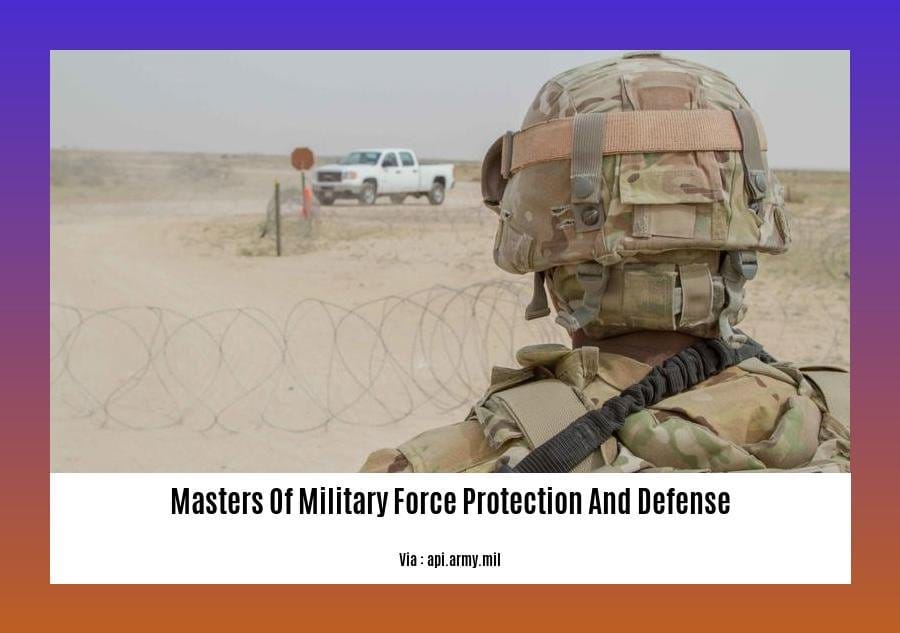
FAQ
Q1: What are the key principles of military force protection?
A1: Military force protection involves safeguarding critical assets and personnel from threats through anticipatory measures, risk assessment, and robust defense strategies.
Q2: What role do Master-at-Arms (MAs) play in force protection?
A2: MAs are naval specialists who conduct force protection operations, including antiterrorism, physical security, and law enforcement, ensuring the safety and effectiveness of personnel and assets.
Q3: How can a Master’s degree in defense policy enhance force protection strategies?
A3: A Master’s degree in defense policy provides advanced knowledge and analytical skills for supervisory and advisory roles in the defense industry and government agencies, enabling individuals to contribute effectively to the development and implementation of force protection strategies.
Q4: What is the significance of Mission Assurance in force protection?
A4: Mission Assurance is a framework that assesses and mitigates risks to mission-essential functions, integrating risk identification, assessment, and mitigation efforts to enhance the ability of forces to accomplish their missions in the face of adversity.
Q5: How does the Department of Defense prioritize force protection measures?
A5: The Department of Defense establishes Force Protection Condition (FPCON) levels that range from Alpha (lowest) to Delta (highest), requiring specific security measures at each level to protect personnel and assets from potential threats.
